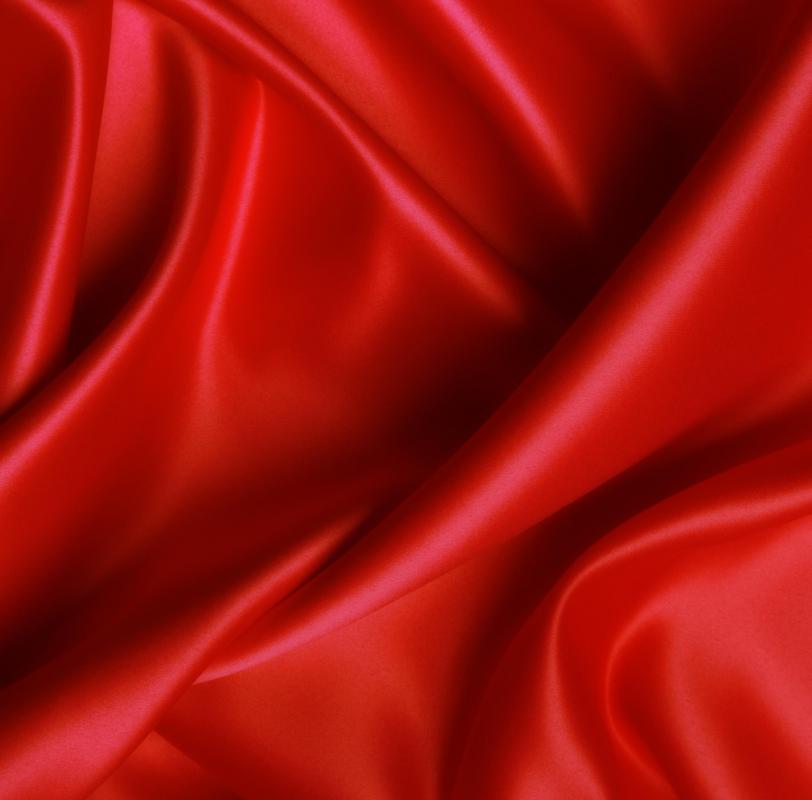At PracticalAdultInsights, we're committed to delivering accurate, trustworthy information. Our expert-authored content is rigorously fact-checked and sourced from credible authorities. Discover how we uphold the highest standards in providing you with reliable knowledge.
What Does a Textile Technologist Do?
A textile technologist designs and refines textiles from yarn to canvas. While fabrics are often associated with fashion, a textile technologist can also work on the development of fibers and fabrics for activities like firefighting, developing electronic textiles, and upholstering. Careers in this field often require a college degree in textile technology or a related field, and in some cases an advanced degree can be helpful. For applications like fabrics used in scientific research, for instance, a highly trained and experienced textile technologist might be preferred.
One aspect of this job involves working with fibers, both natural and artificial. Textile technologists can participate in the development of new fibers and may work on processing techniques to improve the handling of natural fibers. These can include methods to make fibers stronger, more durable, and softer, depending on the applications. Special treatments for wool, for example, can remove some of the natural itchiness of this fiber while retaining its weather resistance and strength.

More treatments for fiber can include dyes and textures. A textile technologist may develop new ranges of dyes to offer a broader assortment of colors, with an eye to colorfast products that will not fade or run with time. Some focus on products like environmentally friendly textiles, and may consider approaches like eliminating harsh chemicals from the dying process. Clients may contact a textile technologist with special requests, like the desire to match an antique dye in order to made a credible replica.

The creation of new textiles may be part of the job as well. Weaves, knits, and other construction methods can be explored, and textile technologists may work on products with special properties, like fire-resistant fabrics. Improvements on existing designs can be the focus of some facilities, where a textile technologist might work on projects like creating softer ranges of cleaning cloths for delicate tasks like wiping computer monitors. For some textiles, a knowledge of chemical dyes and treatments may be necessary, in order to discuss treatments to make fabrics more durable.

Someone who wants to become a textile technologist can pursue several career paths. The most conventional is an undergraduate degree in the field, followed by employment with a textile firm to start building up experience. Others may come to textile technology from other disciplines, like engineering. It may be possible to train on the job in some companies, working under the supervision of experienced textile designers to develop skills and an understanding of the product line.
AS FEATURED ON:
AS FEATURED ON:
















Discuss this Article
Post your comments